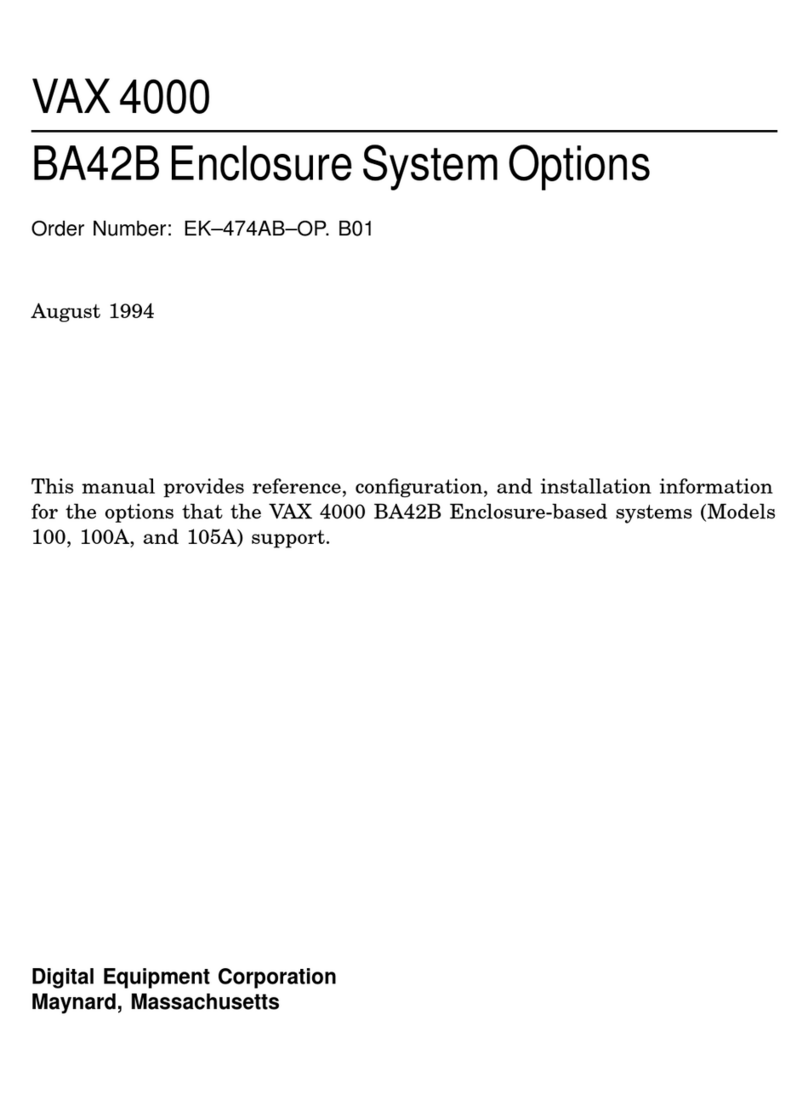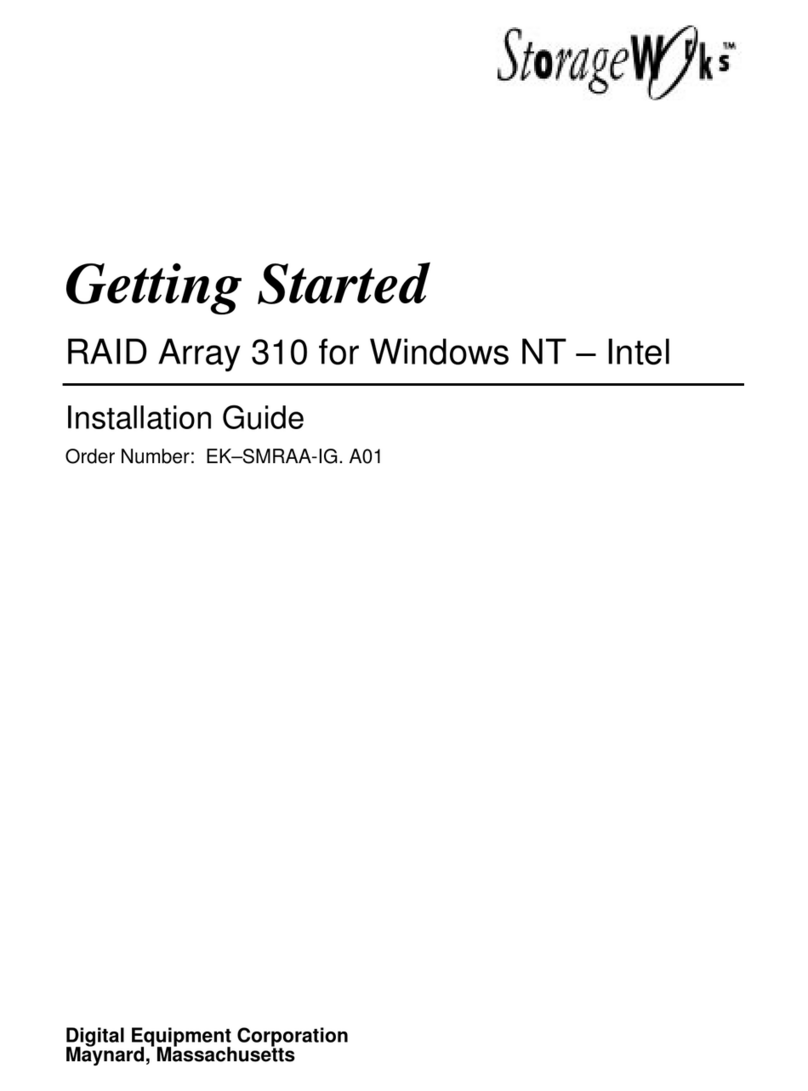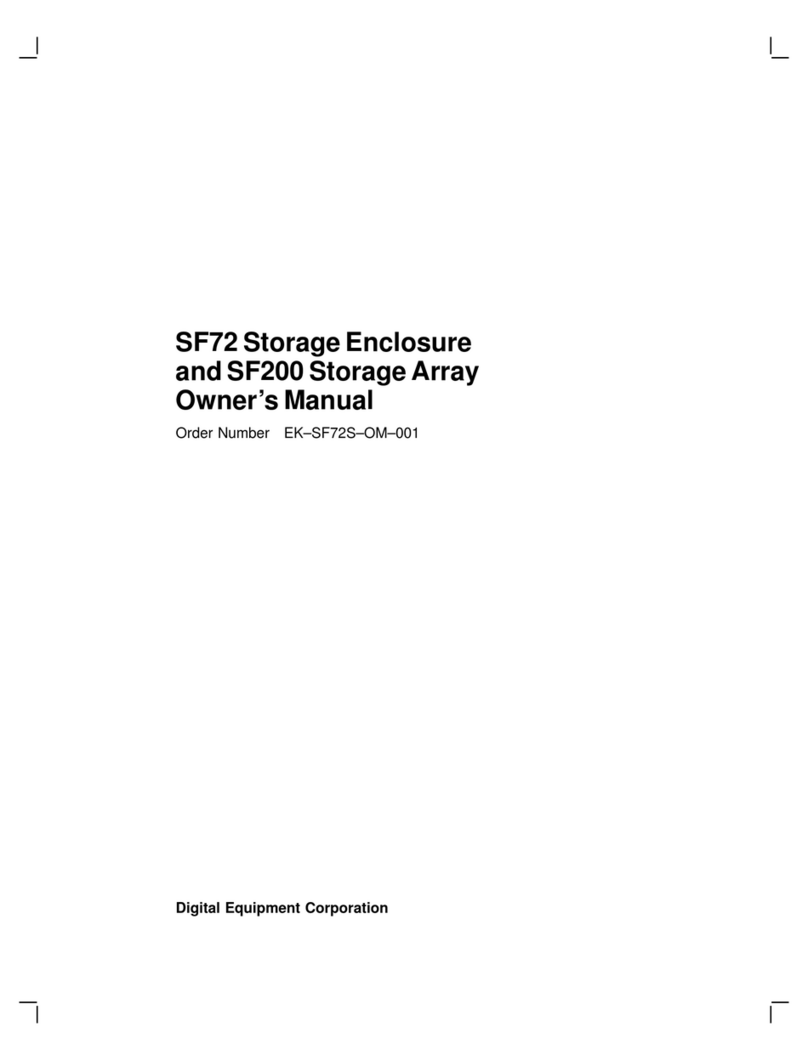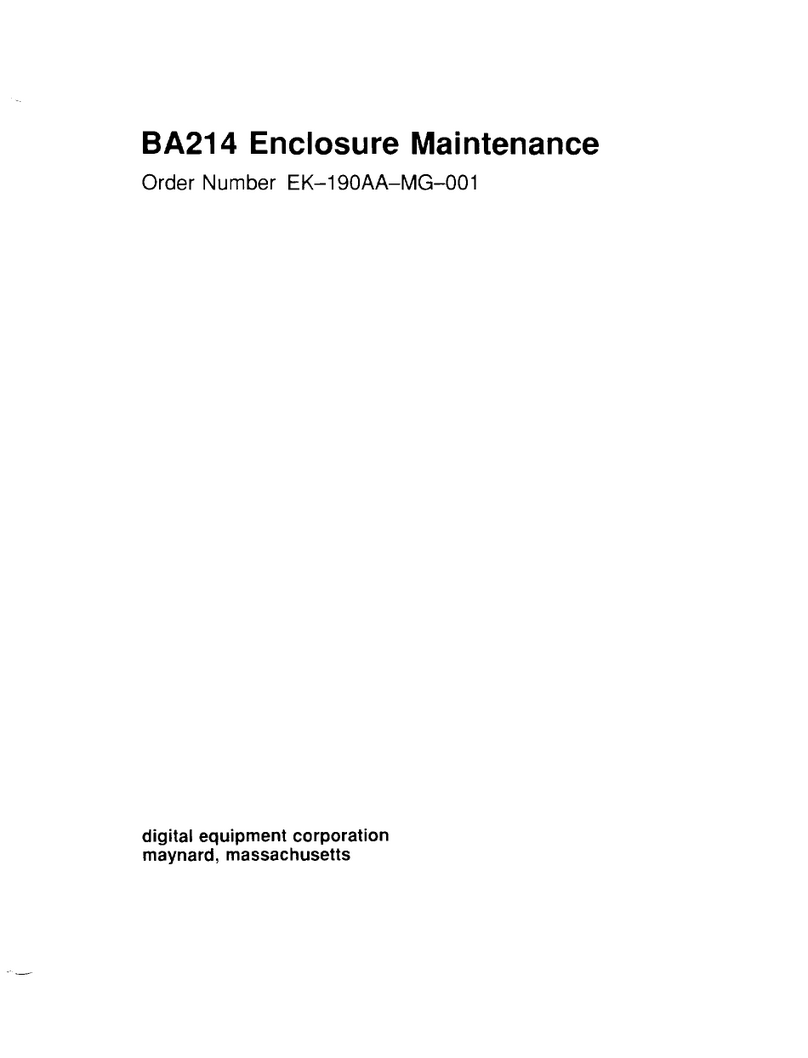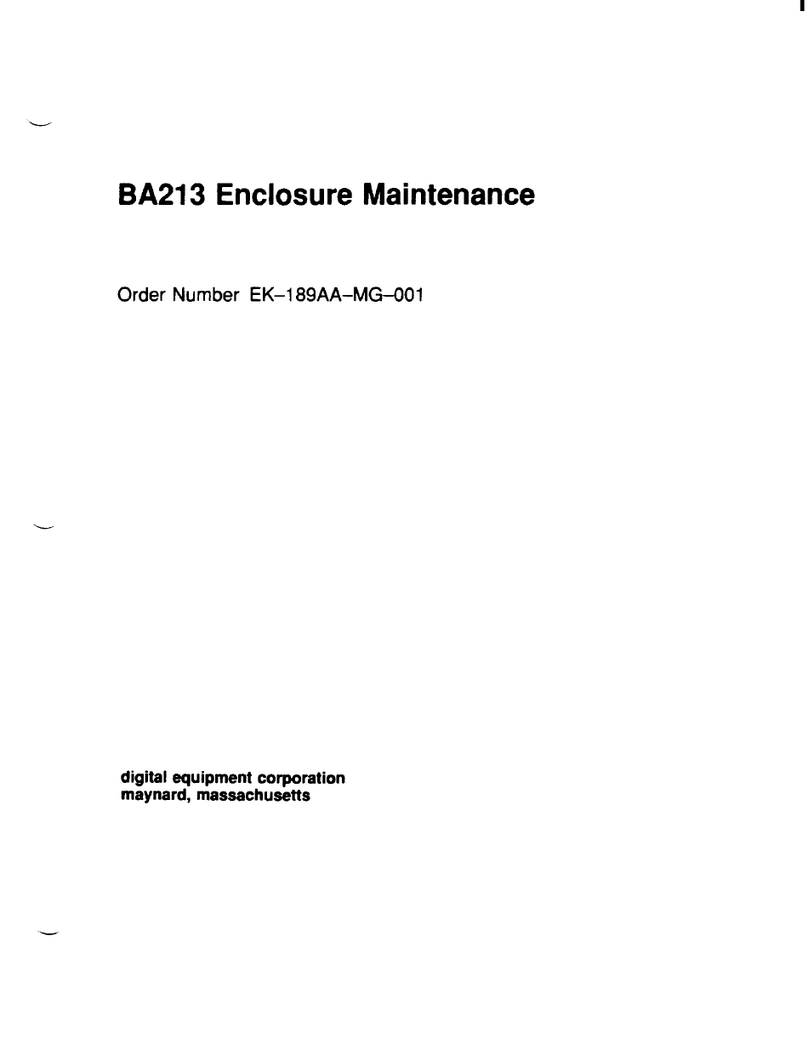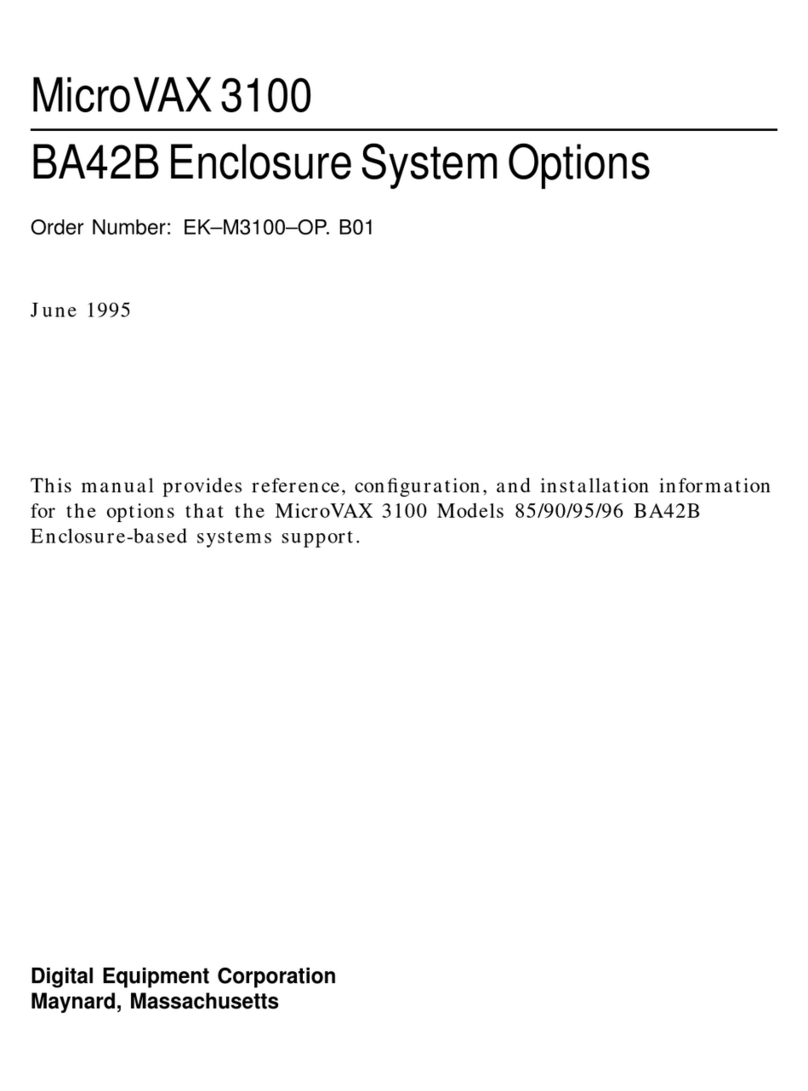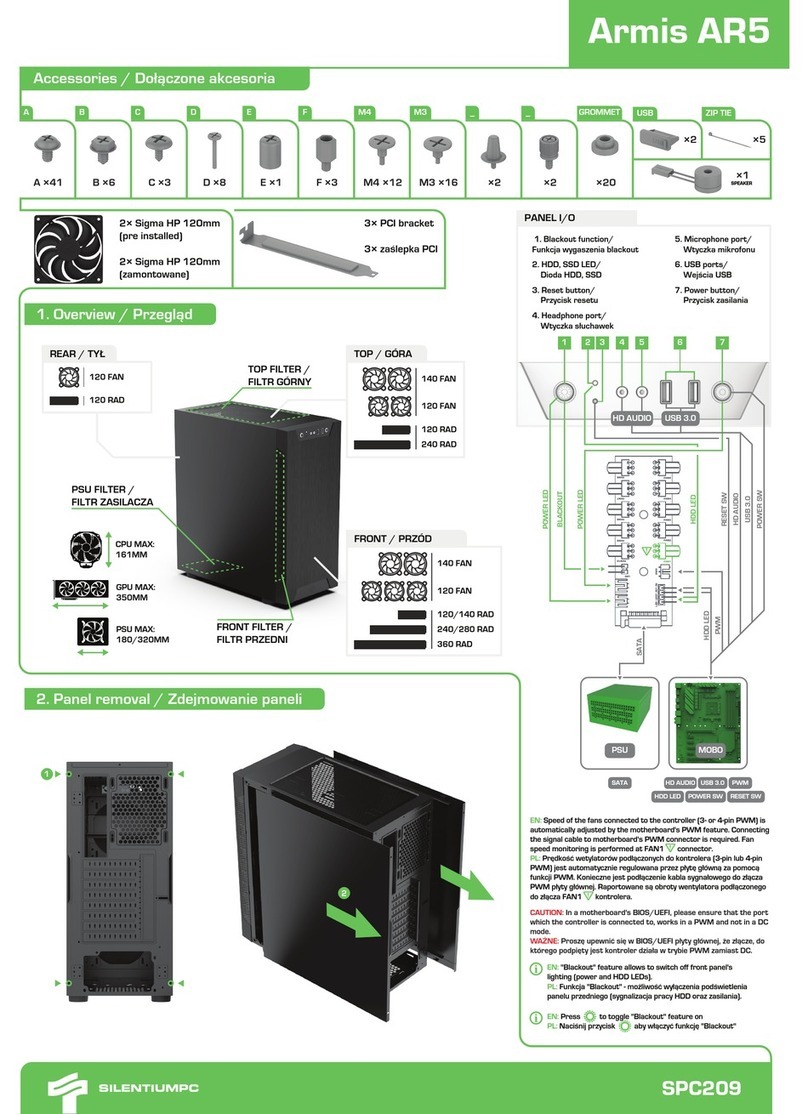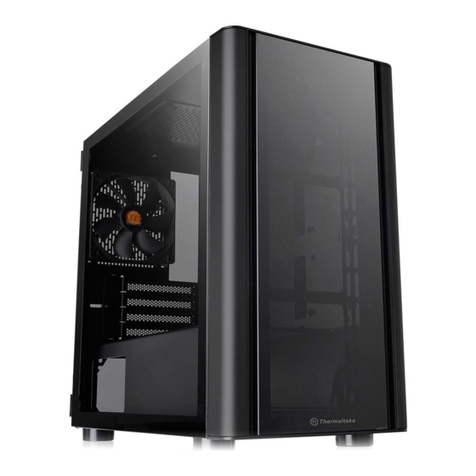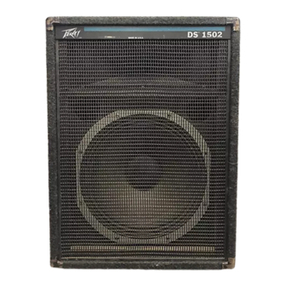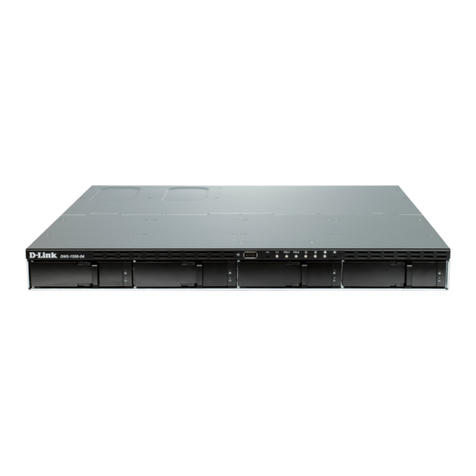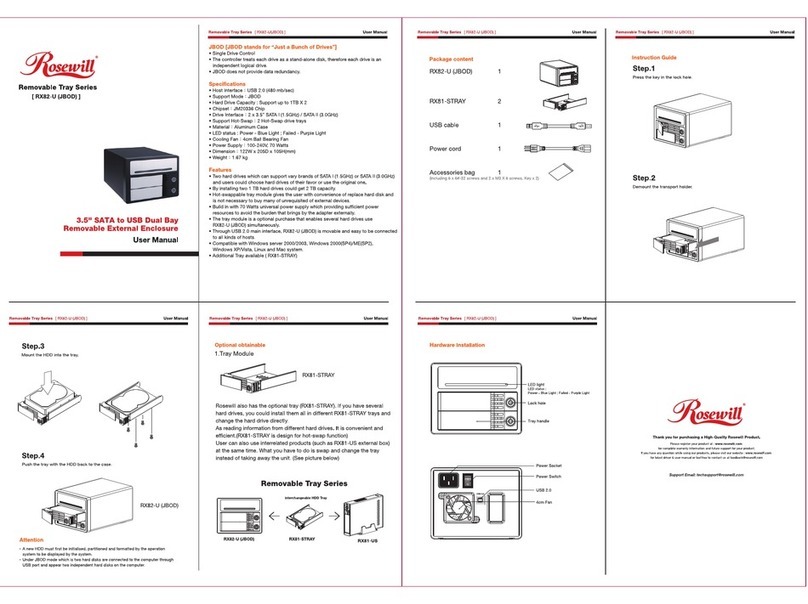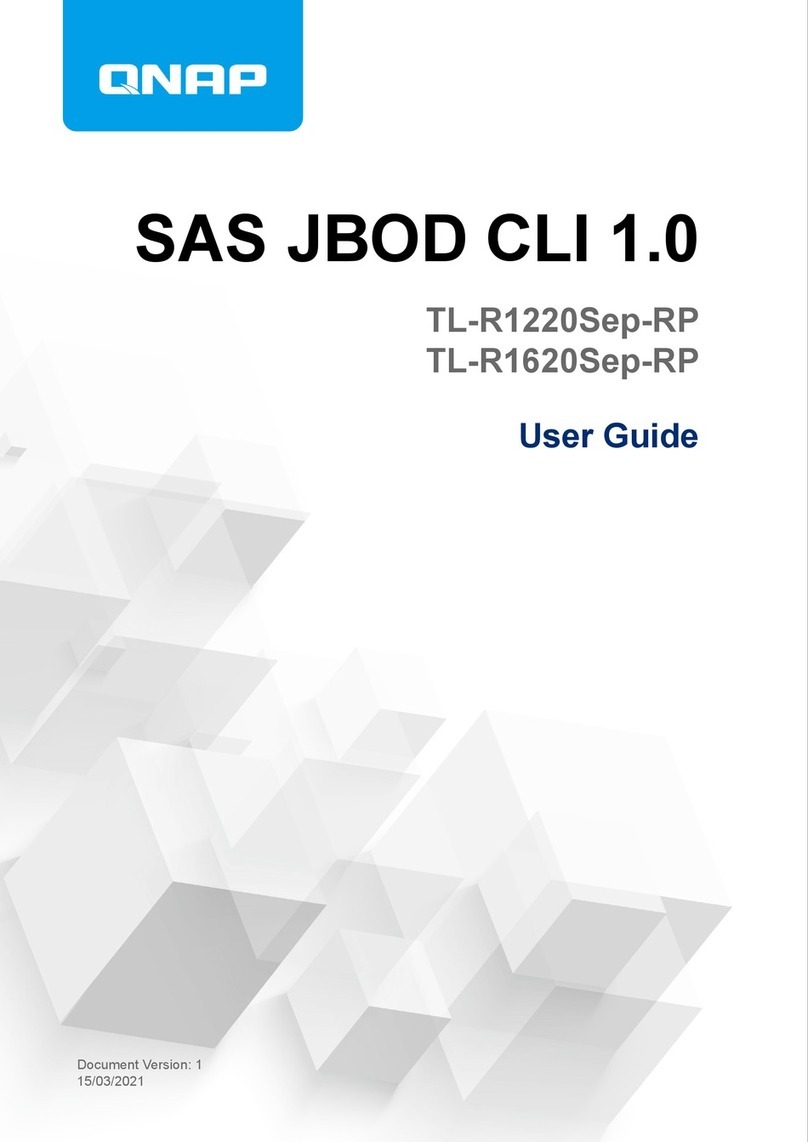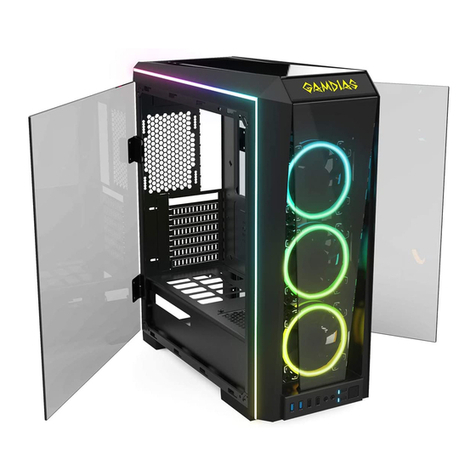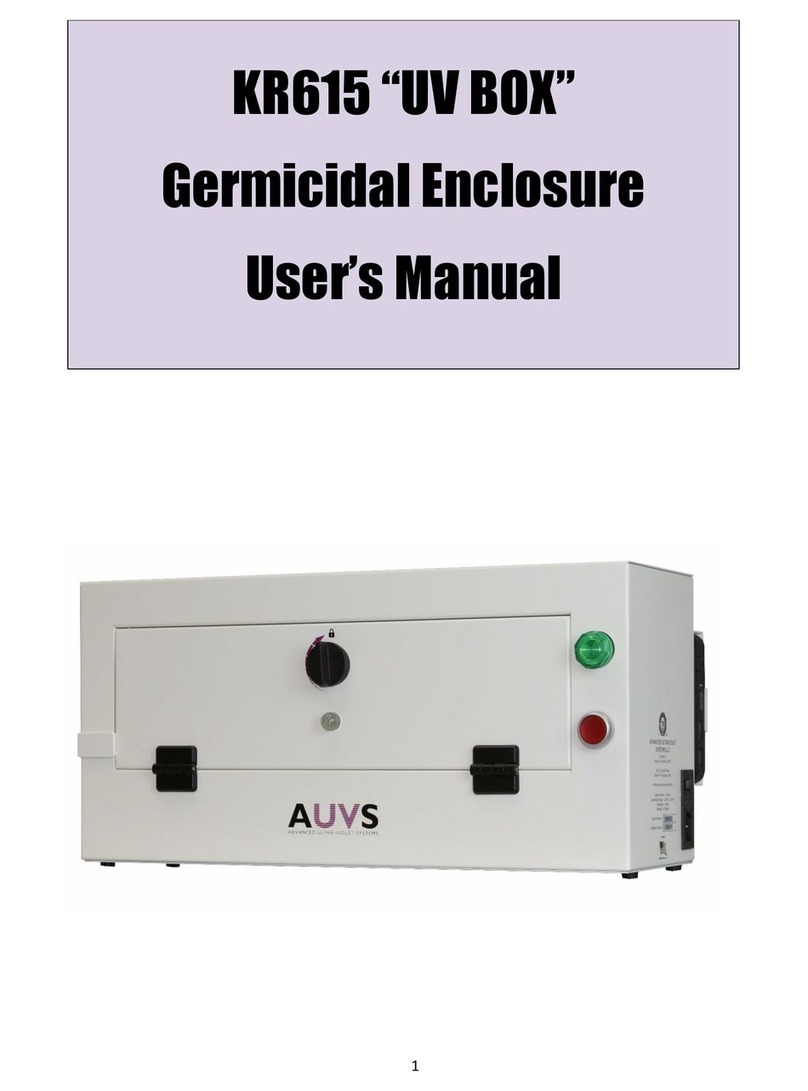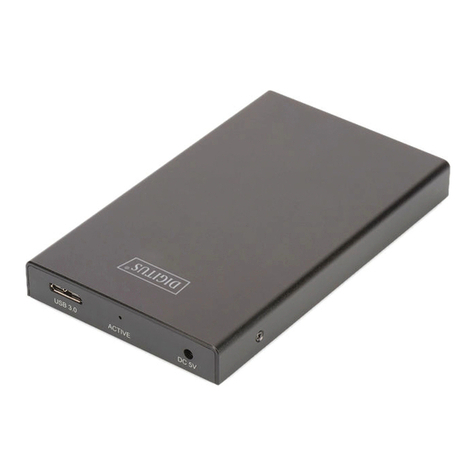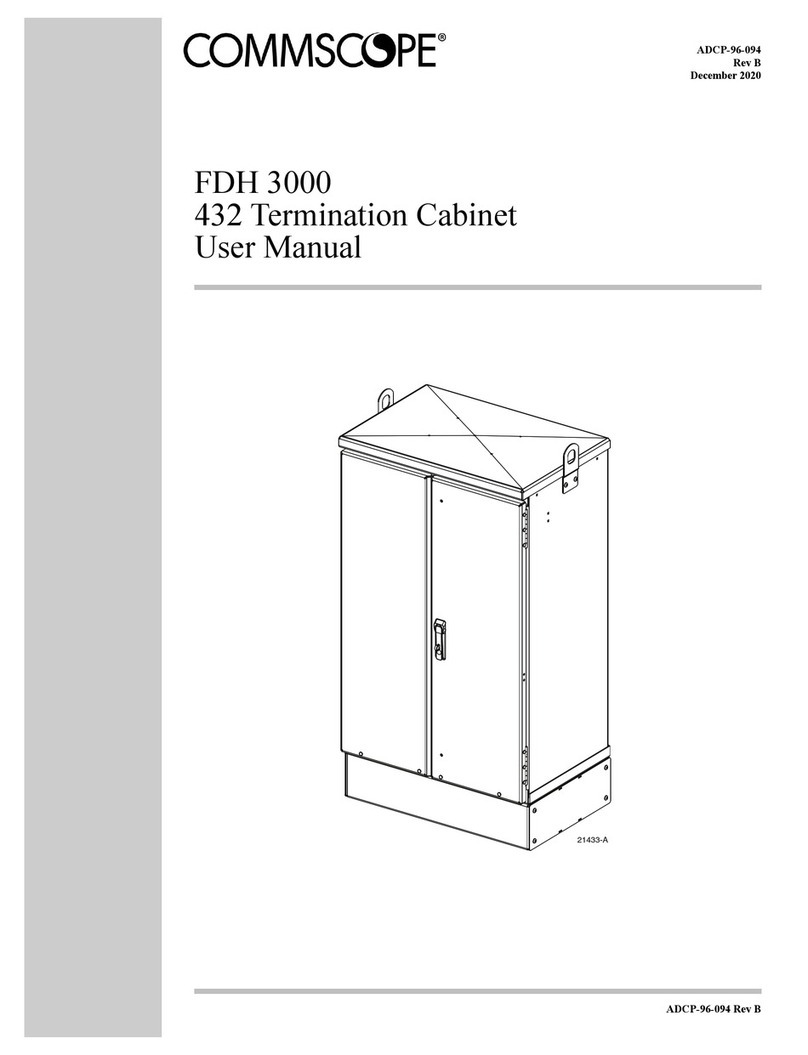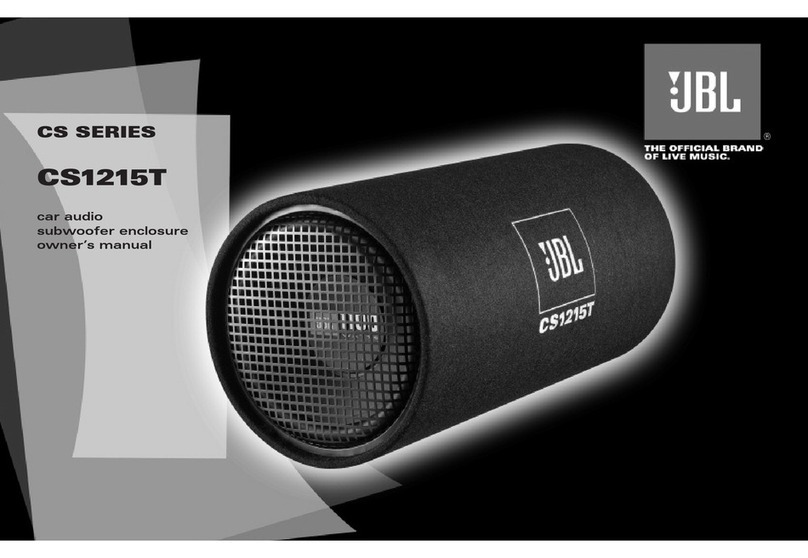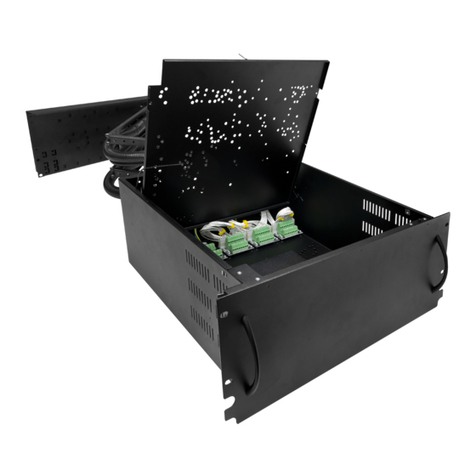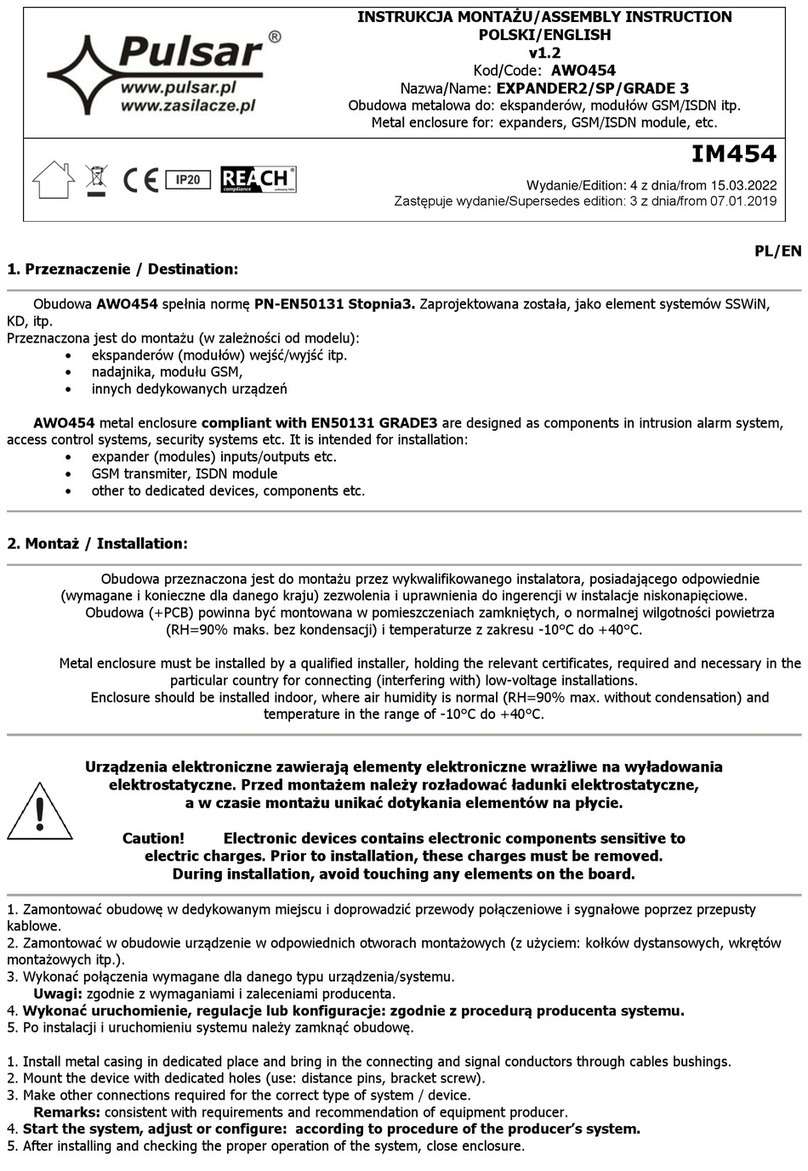
Table of Contents
viii
Figures
Figure 1–1 DS–BA370 Series UltraSCSI Enclosure...........1–1
Figure 1–2 Typical DS–BA370 Applications .....................1–3
Figure 1–3 Typical Enclosure Bus and Device Addressing.1–6
Figure 1–4 DS–BA370 Status LEDs Locations ................1–10
Figure 1–5 RA7000 Status LEDs Locations .....................1–10
Figure 1–6 Typical Array Controller OCP LEDs..............1–11
Figure 1–7 EMU Status LED Locations...........................1–12
Figure 1–8 PVA Status LED Locations............................1–12
Figure 1–9 Power Supply Status LED Locations..............1–13
Figure 1–10 SBB Status LED Locations...........................1–13
Figure 1–11 I/O Module TERMPOWER LEDs................1–14
Figure 2–1 Power Supply Bezel Label ...............................2–5
Figure 2–2 AC Power Distribution.....................................2–8
Figure 2–3 Enclosure Status LEDs...................................2–15
Figure 2–4 Pedestal Status LEDs......................................2–16
Figure 2–5 Shelf Status LEDs..........................................2–18
Figure 2–6 SBB Status LEDs...........................................2–19
Figure 3–1 EMU................................................................3–1
Figure 3–2 EMU Location .................................................3–2
Figure 3–3 EMU Major Component Locations...................3–5
Figure 3–4 EMU Communication Connections..................3–8
Figure 3–5 EMU Status LEDs.........................................3–14
Figure 4–1 PVA................................................................4–1
Figure 4–2 PVA Location ..................................................4–2
Figure 4–3 PVA Major Components ..................................4–2
Figure 4–4 Master Enclosure Device IDs ...........................4–4
Figure 4–5 Master Enclosure SCSI Bus IDs .......................4–7
Figure 4–6 Enclosure Address 2 SCSI Bus IDs...................4–8
Figure 4–7 Enclosure Address 3 SCSI Bus IDs...................4–9
Figure 5–1 Single-Ended I/O Module.................................5–1
Figure 5–2 I/O Module Location........................................5–2
Figure 5–3 I/O Module Numbering....................................5–2
Figure 5–4 I/O Module TERMPOWER LEDs....................5–6
Figure 6–1 Enclosure Power System..................................6–1
Figure 6–2 AC Power Input Controller...............................6–4
Figure 6–3 Shelf Power Supply..........................................6–5
Figure 6–4 Enclosure AC Power Buses..............................6–6
Figure 6–5 Standard Power Configuration..........................6–7
Figure 6–6 Redundant Power Configuration.......................6–8
Figure 6–7 Power Supply Status LEDs.............................6–10
Figure 7–1 SBB Handling Rules ........................................7–2

